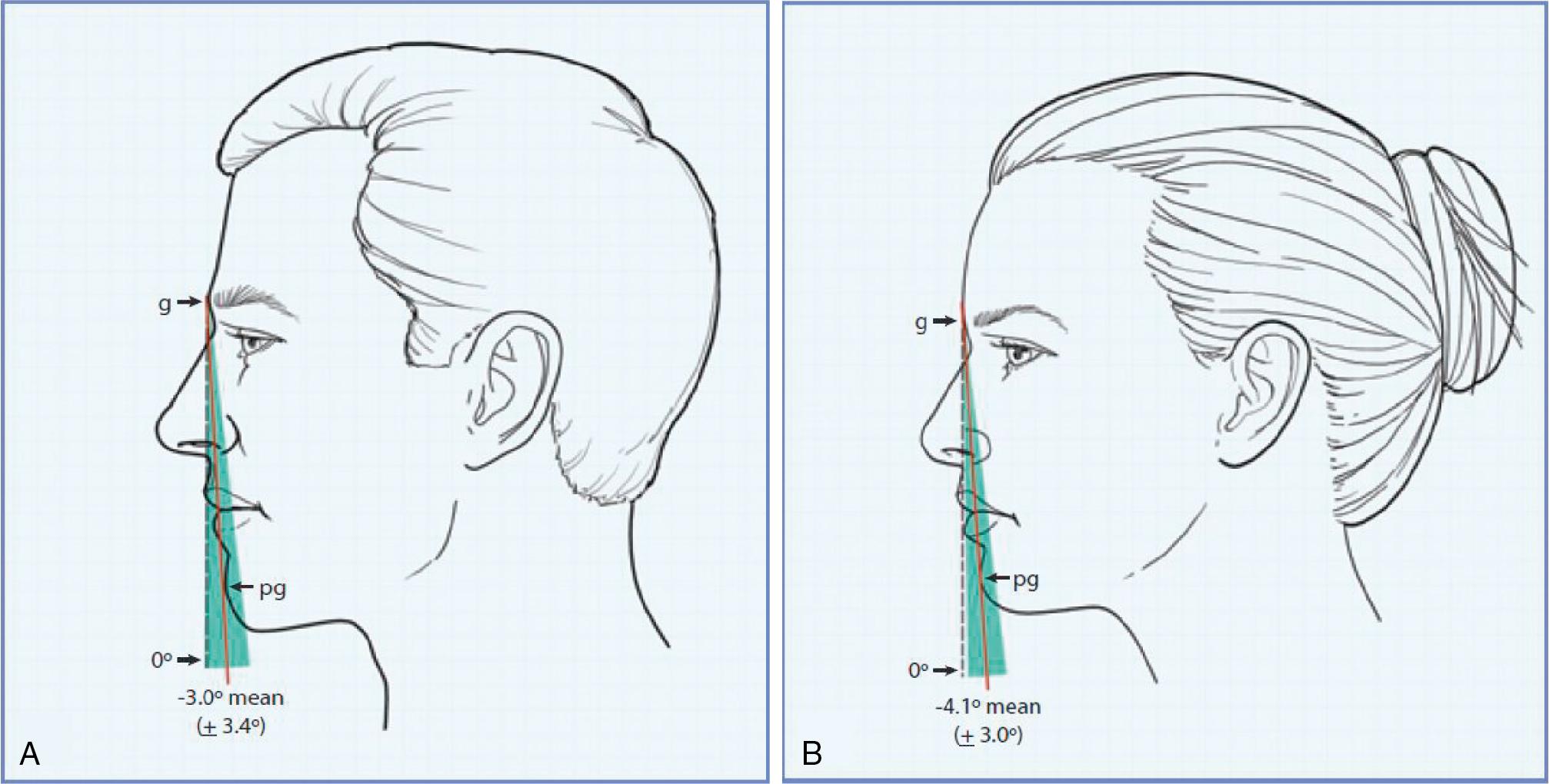Physical Address
304 North Cardinal St.
Dorchester Center, MA 02124
Chin augmentation is the most frequently performed facial implant surgery. Although considered a simple procedure by many, chin augmentation can often result in asymmetry, an irregular transition between the implant and the underlying bone, excessive width, or unaesthetic disproportion. Any of these complications can negatively impact the skeletal structures of the lower facial third and the overlying soft tissue.
Mandible augmentation can benefit three groups of patients: those with normal, deficient, or surgically altered anatomy. Implants can be placed on the mandibular body, angle, or ramus giving the surgeon the ability to change the shape of the mandible or alter the vertical and horizontal dimensions.
Optimization of results requires careful preoperative analysis, refinements in surgical technique, and appropriate implant design.
It is most important to elucidate and understand the patient’s desires and goals. Occlusal status, history of orthodontics, orthognathic surgery, or prior chin augmentation should be documented. If a previous chin implant has been placed, it is important to know the material of the implant. It is also important to inquire if the patient snores or has a suspected sleep disorder.
The patient who presents for a chin implant frequently exhibits retrognathia, a risk factor for obstructive sleep apnea. If a sleep disorder is suspected, a full evaluation should be undertaken. If the study reveals obstructive sleep apnea, the patient should be counseled on the use of continued positive airway pressure (CPAP) versus orthognathic surgery. The presence of sleep apnea does not preclude the placement of a chin implant if the use of CPAP will effectively manage the airway obstruction, but it is imperative that alternative treatment approaches, such as CPAP and orthognathic surgery, be discussed with the patient.
Physical examination should include analysis of the skeleton and its soft tissue envelope and how the lower one third of the face relates to the upper two thirds of the face.
The mean inclination of the facial profile as defined by a line from the glabella to the pogonion was −3 ± 3.4 degrees in men and −4.1 ± 3.0 degrees in women ( Fig. 26.1 ). This demonstrates that the “normative” position of the female chin is, not surprisingly, less than that of the male chin, but that augmenting the chin too aggressively can lead to defeminization in a female.

The ideal relationship between the chin and the lips should be considered when evaluating a patient for a chin implant. The lower lip should lie slightly posterior to the upper lip and the chin slightly posterior to the lower lip.
The labiomental angle must also be considered when placing a chin implant. In general, the inclination is more acute in men (113 degrees ± 21 degrees) than it is in women (121 ± 14 degrees). With placement of an implant, this can result in a more acute angle and deepening of the labiomental sulcus. Because this can be dysaesthetic, this potential change should be discussed with patients preoperatively.
On average, the subnasion (sn) to the stomion (sto) is one third of the distance from the sn to the gnathion (gn) ( Fig. 26.2 ). The height of the mandible should account for two thirds of the lower face height (sn–gn). Increases in vertical height require computer-aided design/computer-aided manufacturing (CAD/CAM) implants or horizontal osteotomy.
![Fig. 26.2, The distance from the base of the nose (subnasale [sn]) to mouth opening (stomion [sn]) is one third of this distance from subnasale to gnathion (gn). In other words, the height of the mandible in the midline (sto–gn) should account for two thirds of the lower face height (sn–gn). Fig. 26.2, The distance from the base of the nose (subnasale [sn]) to mouth opening (stomion [sn]) is one third of this distance from subnasale to gnathion (gn). In other words, the height of the mandible in the midline (sto–gn) should account for two thirds of the lower face height (sn–gn).](https://storage.googleapis.com/dl.dentistrykey.com/clinical/Alloplasticaugmentationofthechinandthemandible/1_3s20B9780323484107000356.jpg)
The width of the chin should be proportional to the vertical height and the patient’s upper face. To prevent a step-off between the implant and the mandible, an extended chin implant can be used. However, one must take care to narrow the implant, especially in women, so as to not masculinize the lower face.
Most facial implant surgery is done without radiographic evaluation. Posteroanterior (PA) and lateral cephalograms can be helpful in understanding the underlying bone structure and how the dimensions of the implant might be altered to best suit the patient. The authors believe that three-dimensional computed tomography (3D CT) is invaluable. With 3D CT, bone irregularities, deficiencies, asymmetries, any prior implant, and the soft tissue envelope can be visualized. Because noncustom implants are based on normative anatomic data, it may be useful to print a 3D model from the CT data if there is any uncertainty regarding abnormal mandibular anatomy and implant fit. Patients who benefit from this are those who have undergone previous surgery on the mandible or chin and now seek further augmentation with implants. Recent advances in 3D printing have allowed the surgeon to obtain 3D printed models at a reasonable cost.
Become a Clinical Tree membership for Full access and enjoy Unlimited articles
If you are a member. Log in here